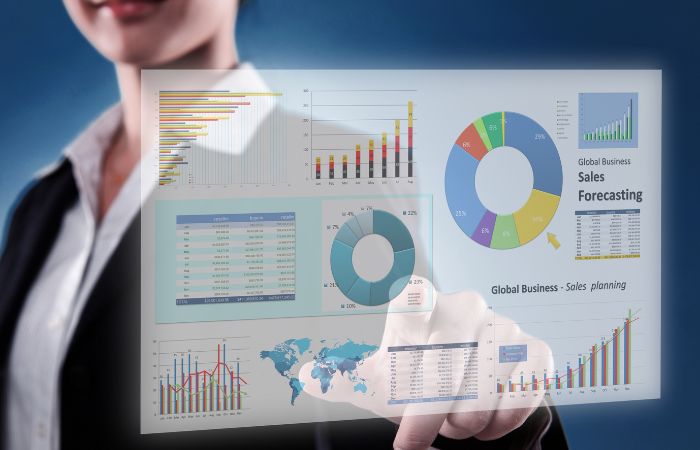What does it mean when a platform is “end-to-end”? What are some examples of end-to-end platforms? And how can this all-in-one approach save users time, money and effort?
In this post, let’s explore end-to-end platforms and find out what they can do for you.
Table of Contents
What Is an End-to-End Platform?
Simply put, end-to-end refers to a solution that guides users the entire way – a comprehensive experience encompassing all of the processes, resources and access a person needs to begin and end something.
Essentially, end-to-end platforms group together things that people commonly use together. It’s the same principle behind – say – a first-aid kit, which collates items like bandages, gauze and rubbing alcohol to get you from the beginning of treating that scraped knee to the end.
Who’s It for? Examples of End-to-End Platforms
Let’s break down end-to-end platforms according to users. Broadly speaking, you have three types of end-to-end users: employees, businesses, and consumers.
The user could be an employee who needs all their tools, schedules and insights conveniently localized in a single platform. The user might be a small business owner (like an e-commerce retailer) who wants their sales management, order tracking, fulfillment and product storage solutions from a single provider. Or the user can be a consumer in a complex transaction (like real estate) who requires access to third parties, tools and information pertaining to their purchase.
In the first example, you have end-to-end platforms like Asana, a workflow management software for remote teams. Asana features work boards, timeline charts, data dashboards, calendars, etc., collating all of the tools you might typically find in a brick-and-mortar office’s file cabinets and whiteboards.
In the second example, you have end-to-end platforms like Shopify, which has slowly adopted new functionalities over the past few years, becoming a “one-stop-shop” for e-commerce retailers. They pull together online store templates, marketing tools, payment processing and logistics solutions to create a centralized hub for people to sell things online.
And in the last example, you have Nobul, which founder and CEO Regan McGee calls “the world’s first end-to-end technology platform for real estate transactions.” Nobul matches buyers/sellers with real estate agents based on user criteria, sends curated listings, allows buyers to book showings, allows sellers to complete free valuations, and more. According to McGee, the digital marketplace is “always adding cool, interesting functionalities to our platform including auxiliary services (insurance, mortgages, etc.).”
What End-to-End Can Do for You
There are several advantages to using end-to-end platforms over siloed, fragmentary services. Here’s what end-to-end can do for you:
- Cut Out the Middlemen: End-to-end services often proffer direct contact with the services and tools users need, eliminating the need for third parties and middle layers.
- Save Time: Grouping functionalities together in a centralized hub saves you time.
- Save Money: Because end-to-end services cut out intermediaries and group various tools into a low-price (or free) platform, they save users money.
- Increase Transparency: Users on an end-to-end platform have full visibility over the various components involved in a process. They also have greater access to empowering information.
In an increasingly fast-paced, plugged-in world, people crave convenient solutions. End-to-end platforms group together various functionalities so that you can start and finish a process without spending undue time, money and effort.


